Experimental Research on Collapsibility of Xi’an Loess Improved by Calcium Lignosulfonate
Abstract
:1. Introduction
2. Materials and Test Methods
2.1. Materials
2.2. Sample Preparation
2.3. Testing Methods
2.3.1. Collapsibility Test
2.3.2. UCS Test
2.3.3. SEM Test
2.3.4. XRD Test
3. Results and Discussion
3.1. Collapsibility Characteristics of Improved Loess
3.2. Grey Relational Analysis of Collapsibility
3.3. Unconfined Compressive Strength of Improved Loess
4. Analysis of the Strengthening Mechanism of Improved Loess
4.1. SEM Analysis
4.2. Microstructure Parameter Analysis
4.3. X-ray Diffraction Test Analysis
5. Conclusions
- (1)
- CLS contains lipophilic groups such as phenyl propane, which can effectively inhibit water erosion. In this paper, the best content of CLS used to improve loess was 3%. Under a standard pressure of 200 kPa, the collapsibility coefficients were reduced by more than 95% measured by single and double-oedometer methods. The collapsibility coefficient was positively correlated with the pore ratio and negatively associated with dry density and moisture content.
- (2)
- A combination of physical quantities, such as substance composition and structural characteristics, determines loess collapsibility. According to grey correlation analysis, the physical indexes closely related to the collapsibility coefficient of loess were water content, void ratio, dry density, and CLS content, in turn. Although the content of CLS was smallest, its gray correlation was still more than 0.5, showing a significant correlation, and the ability to reduce the collapsibility of loess.
- (3)
- Unconfined compressive strength continued to improve with the extension of curing age, with rapid strength growth during the first 14 d. The UCS of improved soil had a quadratic polynomial relationship with the content of CLS, and the maximum value was obtained at about 3%. When the content was too high, CLS agglomerated and reduced soil strength.
- (4)
- CLS made the improved loess dense and stable by filling pores, linking soil particles, changing the connection between soil particles and the type of pores. By microstructural parameter analysis, the apparent pore ratio and CLS content showed a quadratic polynomial relationship. The probability entropy and fractal dimension values decreased first and then increased with the content of CLS.
- (5)
- No new mineral components were formed in the improved soil, but the carbonate cements, such as Ca Mg (CO3)2 and CaCO3, could strengthen soil structure. Under the action of protonation and ion exchange, the thickness of the double electric layer was reduced, and the grain size of each mineral was decreased by more than 50%, making the mineral composition denser.
Author Contributions
Funding
Institutional Review Board Statement
Informed Consent Statement
Data Availability Statement
Conflicts of Interest
References
- Luo, H.; Wu, F.; Chang, J.; Xu, J. Microstructural constraints on geotechnical properties of Malan Loess: A case study from Zhaojiaan landslide in Shaanxi province, China. Eng. Geol. 2018, 236, 60–69. [Google Scholar] [CrossRef]
- Xu, L.; Coop, M.R.; Zhang, M.; Wang, G. The mechanics of a saturated silty loess and implications for landslides. Eng. Geol. 2018, 236, 29–42. [Google Scholar] [CrossRef]
- Peng, J.; Wang, G.; Wang, Q.; Zhang, F. Shear wave velocity imaging of landslide debris deposited on an erodible bed and possible movement mechanism for a loess landslide in Jingyang, Xi’an, China. Landslides 2017, 14, 1503–1512. [Google Scholar] [CrossRef]
- Feng, S.; Du, F.; Shi, Z.; Shui, W.; Tan, K. Field study on the reinforcement of collapsible loess using dynamic compaction. Eng. Geol. 2015, 185, 105–115. [Google Scholar] [CrossRef]
- Peng, L.; Wang, D.; Qi, J. Study on anti-corrosion of PVA-treated wheat straw and its application in reinforcement of a silty soil. Constr. Build. Mater. 2021, 291, 123305. [Google Scholar] [CrossRef]
- Wang, F.; Li, K.; Liu, Y. Optimal water-cement ratio of cement-stabilized soil. Constr. Build. Mater. 2022, 320, 126211. [Google Scholar] [CrossRef]
- Tabarsa, A.; Latifi, N.; Meehan, C.L.; Manahiloh, K.N. Laboratory investigation and field evaluation of loess improvement using nanoclay—A sustainable material for construction. Constr. Build. Mater. 2018, 158, 454–463. [Google Scholar] [CrossRef]
- Ralph, J.; Lapierre, C.; Boerjan, W. Lignin structure and its engineering. Curr. Opin. Biotechnol. 2019, 56, 240–249. [Google Scholar] [CrossRef]
- Park, G.W.; Gong, G.; Joo, J.C.; Song, J.; Lee, J.; Lee, J.-P.; Kim, H.T.; Ryu, M.H.; Sirohi, R.; Zhuang, X.; et al. Recent progress and challenges in biological degradation and biotechnological valorization of lignin as an emerging source of bioenergy: A state-of-the-art review. Renew. Sustain. Energy Rev. 2022, 157, 112025. [Google Scholar] [CrossRef]
- Zhang, T.; Cai, G.; Liu, S. Assessment of mechanical properties in recycled lignin-stabilized silty soil as base fill material. J. Clean. Prod. 2018, 172, 1788–1799. [Google Scholar] [CrossRef]
- Yang, B.; Zhang, Y.; Ceylan, H.; Kim, S.; Gopalakrishnan, K. Assessment of soils stabilized with lignin-based by-products. Transp. Geotech. 2018, 17, 122–132. [Google Scholar] [CrossRef]
- Ceylan, H.; Gopalakrishnan, K.; Kim, S. Soil Stabilization with Bioenergy Coproduct. Transp. Res. Rec. J. Transp. Res. Board 2010, 2186, 130–137. [Google Scholar] [CrossRef] [Green Version]
- Wang, Q.; Zhong, X.; Ma, H.; Wang, S.; Liu, Z.; Guo, P. Microstructure and reinforcement mechanism of lignin-modified loess. J. Mater. Civ. Eng. 2020, 32, 04020319. [Google Scholar] [CrossRef]
- He, Z.; Fan, H.; Wang, J.; Liu, G.; Wang, Z.; Yu, J. Experimental study of engineering properties of loess reinforced by lignosulfonate. Rock Soil Mech. 2017, 38, 731–739. [Google Scholar] [CrossRef]
- Hou, X.; Ma, W.; Li, G.; Mu, Y.; Zhou, Z.; Wang, F. Influence of lignosulfonate on mechanical properties of Lanzhou loess. Rock Soil Mech. 2017, 38, 18–26. [Google Scholar] [CrossRef]
- ASTM D4318-10; Standard Test Methods for Liquid Limit, Plastic Limit, and Plasticity Index of Soils. ASTM: West Conshohocken, PA, USA, 2010.
- ASTM D698; Standard Test Methods for Laboratory Compaction Characteristics of Soil Using Standard Effort. ASTM: West Conshohocken, PA, USA, 2012.
- GB50025-2018; Building Specification of Collapsible Loess Region. China Architecture and Building Press: Beijing, China, 2018.
- ASTM D4219-02; Test Method for Unconfined Compressive Strength Index of Chemical-Grouted Soils. ASTM: West Conshohocken, PA, USA, 2002.
- Li, X.; Li, L.; Song, Y.; Hong, B.; Wang, L.; Sun, J. Characterization of the mechanisms underlying loess collapsibility for land-creation project in Shaanxi Province, China—A study from a micro perspective. Eng. Geol. 2019, 249, 77–88. [Google Scholar] [CrossRef]
- Gao, C.; Du, G.; Liu, S.; Zhang, D.; Zhang, K.; Zeng, B. Field study on the treatment of collapsible loess using vibratory probe compaction method. Eng. Geol. 2020, 274, 105715. [Google Scholar] [CrossRef]
- Chen, Q.; Indraratna, B.; Carter, J.; Rujikiatkamjorn, C. A theoretical and experimental study on the behaviour of lignosulfonate-treated sandy silt. Comput. Geotech. 2014, 61, 316–327. [Google Scholar] [CrossRef]
- Kuo, Y.; Yang, T.; Huang, G. The use of grey relational analysis in solving multiple attribute decision-making problems. Comput. Ind. Eng. 2008, 55, 80–93. [Google Scholar] [CrossRef]
- Deng, J. Control problems of grey systems. Syst. Control Lett. 1982, 1, 288–294. [Google Scholar] [CrossRef]
- Ren, S.; Wang, C.; Xiao, Y.; Deng, J.; Tian, Y.; Song, J.; Cheng, X.; Sun, G. Thermal properties of coal during low temperature oxidation using a grey correlation method. Fuel 2020, 260, 116287. [Google Scholar] [CrossRef]
- Wu, F.; Xu, W.; Zhang, F.; Wu, H. Grey correlation analysis of physical properties and evaluation index of graphene-oxide-modified asphalt. Coatings 2022, 12, 770. [Google Scholar] [CrossRef]
- Zhu, C.; Luo, H.; Tian, W.; Teng, B.; Qian, Y.; Ai, H.; Xiao, B. Investigation on fatigue performance of diatomite/basalt fiber composite modified asphalt mixture. Polymers 2022, 14, 414. [Google Scholar] [CrossRef]
- Wu, X.; Zhao, Y.; Xu, A.; Mi, W.; Zhao, S. Correlation of collapsibility of loess with physical indexes and evaluation methods. J. Yangtze River Sci. Res. Inst. 2018, 35, 75–80. [Google Scholar] [CrossRef]
- Cai, G.; Zhang, T.; Liu, S.; Li, J.; Jie, D. Stabilization mechanism and effect evaluation of stabilized silt with lignin based on laboratory data. Mar. Georesour. Geotechnol. 2016, 34, 331–340. [Google Scholar] [CrossRef]
- Zhang, T.; Liu, S.; Cai, G.; Puppala, A.J. Experimental investigation of thermal and mechanical properties of lignin treated silt. Eng. Geol. 2015, 196, 1–11. [Google Scholar] [CrossRef]
- Wang, F.; Shi, H.; Huang, L.; Zhou, L.; Li, J.; Zeng, M.; Cao, Y.; Lai, D. The technical system of biological measure on controlling of water and soil loss in hilly region of red earth. Res. Soil Water Conserv. 2005, 12, 248–251. [Google Scholar]
- Kong, X.; Wang, G.; Liang, Y.; Zhang, Z.; Cui, S. The engineering properties and microscopic characteristics of high-liquid-limit soil improved with lignin. Coatings 2022, 12, 268. [Google Scholar] [CrossRef]
- Zhang, T.; Yang, Y.L.; Liu, S.Y. Application of biomass by-product lignin stabilized soils as sustainable Geomaterials: A review. Sci. Total Environ. 2020, 728, 138830. [Google Scholar] [CrossRef]
- Ceylan, H.; Kim, S.; Gopalakrishnan, K. Sustainable Utilization of Bio-Fuel Co-Product in Roadbed Stabilization; Springer: London, UK, 2012; pp. 117–129. [Google Scholar]
- Ji, Y.; Ma, Q.; Li, X.; Tian, Y.; Cao, P. Study on composite improvement of silt sites by lignin and sodium methylsilicate and its micro mechanism. Coatings 2022, 12, 1647. [Google Scholar] [CrossRef]
- Liu, Z.; Liu, F.; Ma, F.; Wang, M.; Bai, X.; Zheng, Y.; Yin, H.; Zhang, G. Collapsibility, composition, and microstructure of loess in China. Can. Geotech. J. 2016, 53, 673–686. [Google Scholar] [CrossRef]
- Sun, Y.; Tang, L. Use of X-ray computed tomography to study structures and particle contacts of granite residual soil. J. Cent. South Univ. 2019, 26, 938–954. [Google Scholar] [CrossRef]
- Liu, C.; Tang, C.; Shi, B.; Suo, W. Automatic quantification of crack patterns by image processing. Comput. Geosci. 2013, 57, 77–80. [Google Scholar] [CrossRef]
- Gundogar, A.; Ross, C.; Akin, S.; Kovscek, A. Multiscale pore structure characterization of Middle East carbonates. J. Pet. Sci. Eng. 2016, 146, 570–583. [Google Scholar] [CrossRef]
- Brus, D.J.; Bogaert, P.; Heuvelink, G.B.M. Bayesian maximum entropy prediction of soil categories using a traditional soil map as soft information. Eur. J. Soil Sci. 2008, 59, 166–177. [Google Scholar] [CrossRef]
- Liu, Y.; Chen, L.; Wang, H.; Jiang, L.; Zhang, Y.; Zhao, J.; Wang, D.; Zhao, Y.; Song, Y. An improved differential box-counting method to estimate fractal dimensions of gray-level images. J. Vis. Commun. Image Represent. 2014, 25, 1102–1111. [Google Scholar] [CrossRef]
- Tang, C.; Lin, L.; Cheng, Q.; Zhu, C.; Wang, D.; Lin, Z.; Shi, B. Quantification and characterizing of soil microstructure features by image processing technique. Comput. Geotech. 2020, 128, 103817. [Google Scholar] [CrossRef]
- Drits, V.; Środoń, J.; Eberl, D. XRD measurement of mean crystallite thickness of illite and illite/smectite: Reappraisal of the Kubler index and the Scherrer equation. Clays Clay Miner. 1997, 45, 461–475. [Google Scholar] [CrossRef]
- Alazigha, D.P.; Indraratna, B.; Vinod, J.S.; Heitor, A. Mechanisms of stabilization of expansive soil with lignosulfonate admixture. Transp. Geotech. 2018, 14, 81–92. [Google Scholar] [CrossRef] [Green Version]
- Zhong, X.; Liang, Y.; Wang, Q.; Ma, J.; Liang, S.; Wang, Y.; Xu, X. Evaluation and analysis of the effect of lignin amelioration on loess collapsibility. J. Renew. Mater. 2022, 10, 3405–3424. [Google Scholar] [CrossRef]
- Zhang, T.; Cai, G.; Liu, S. Application of lignin-stabilized silty soil in highway subgrade: A macroscale laboratory study. J. Mater. Civ. Eng. 2018, 30, 04018034. [Google Scholar] [CrossRef]
- Vinod, J.S.; Indraratna, B.; Mahamud, M.A.A. Stabilisation of an erodible soil using a chemical admixture. Proc. Inst. Civ. Eng. Ground Improv. 2010, 163, 43–51. [Google Scholar] [CrossRef]
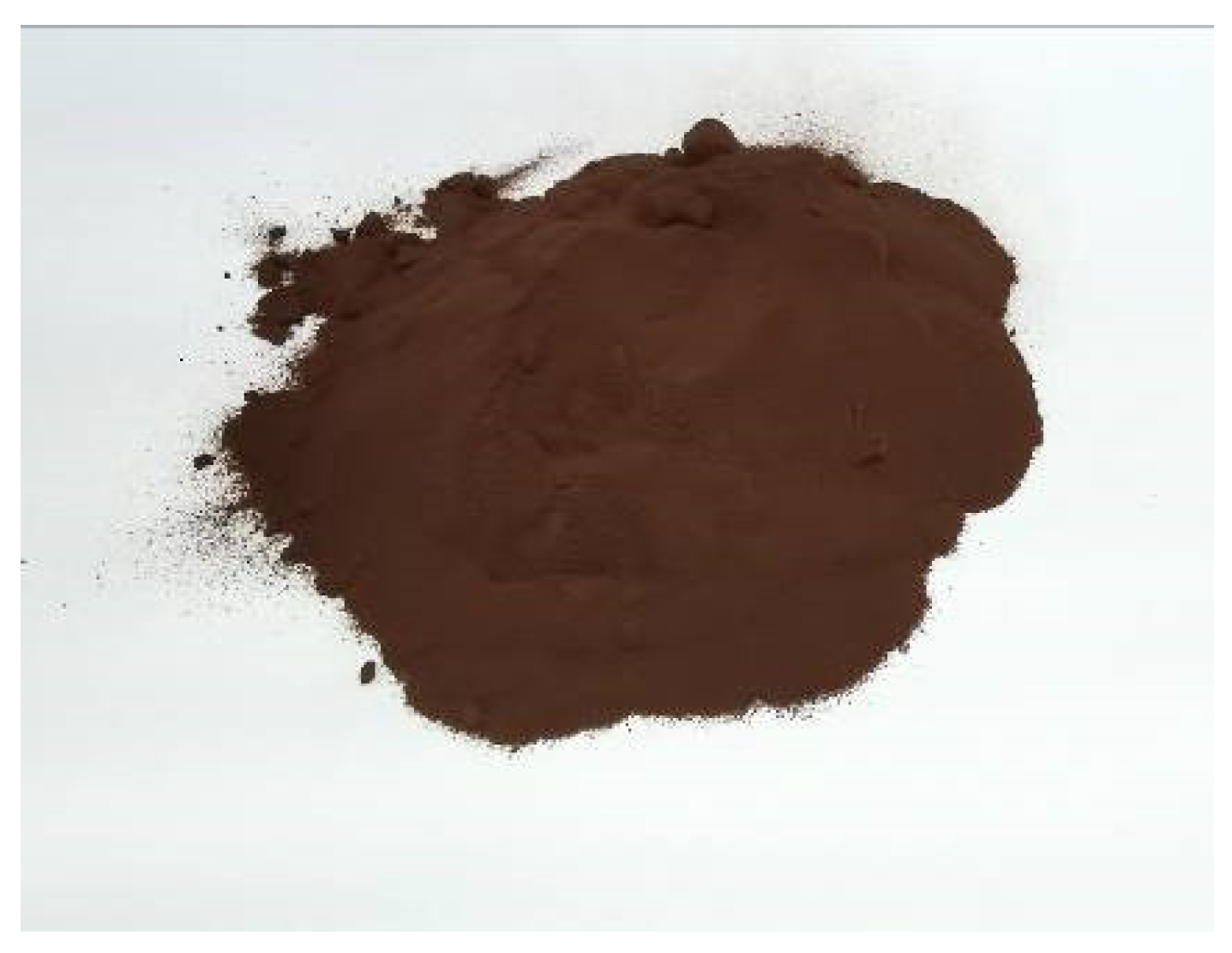
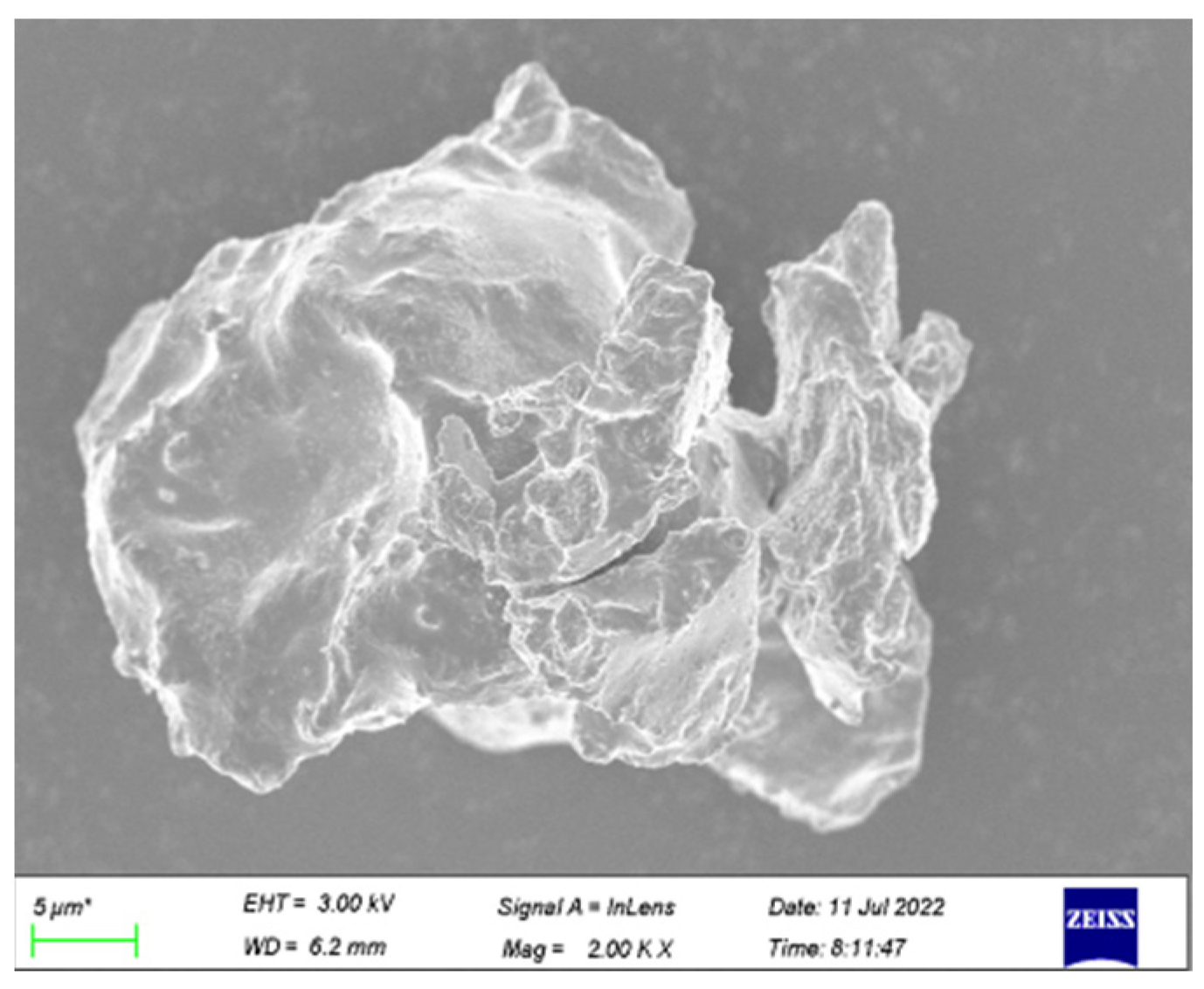

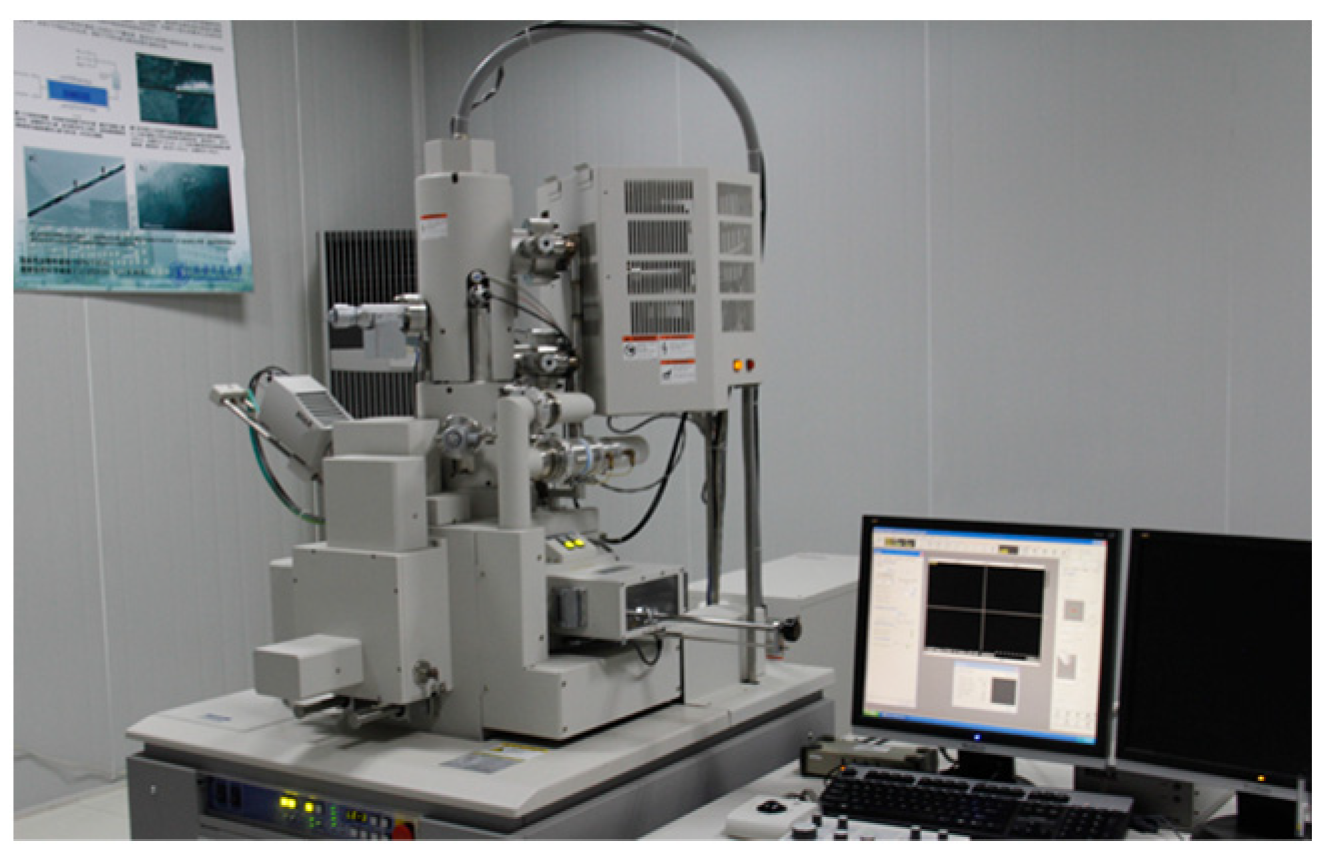
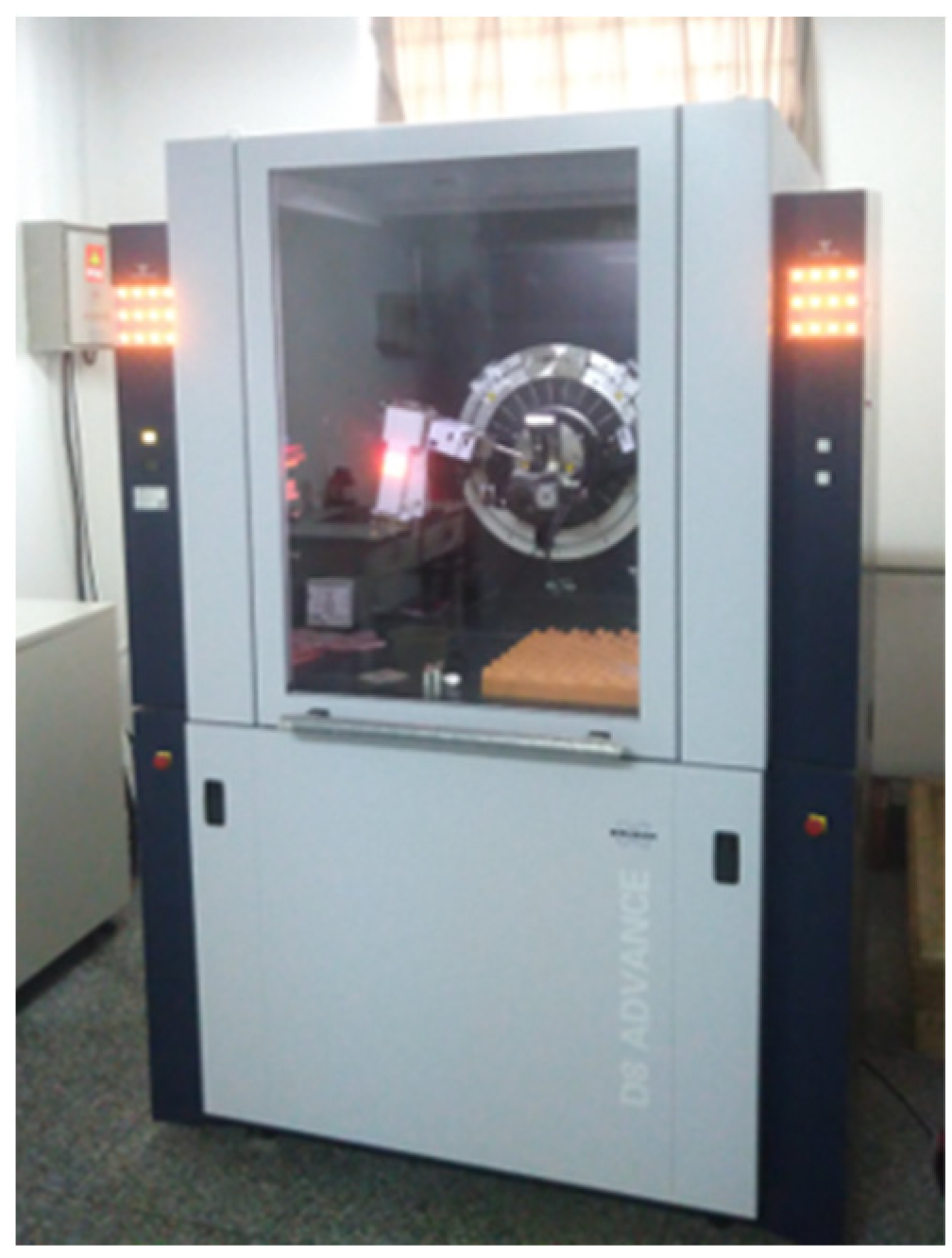
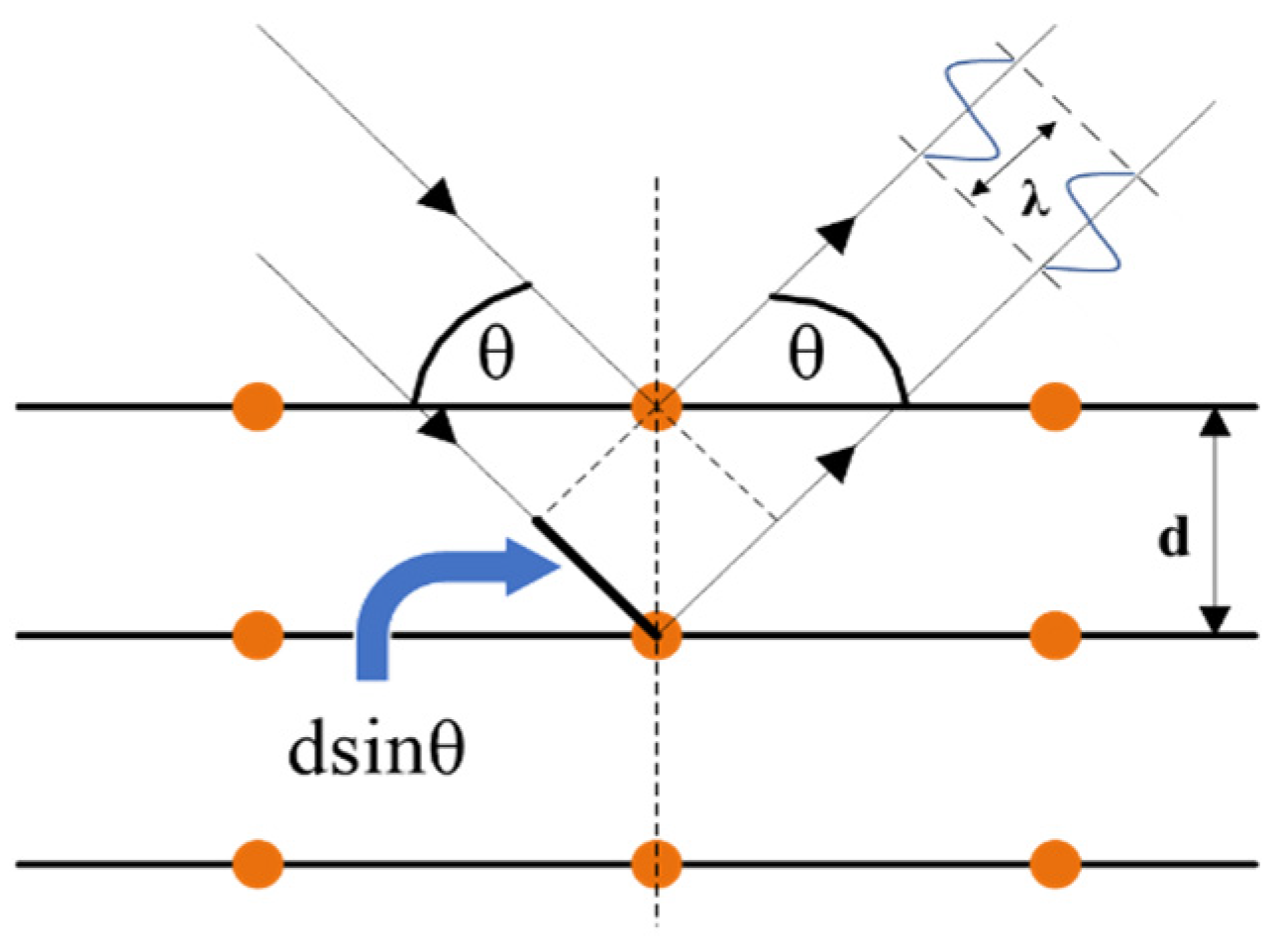
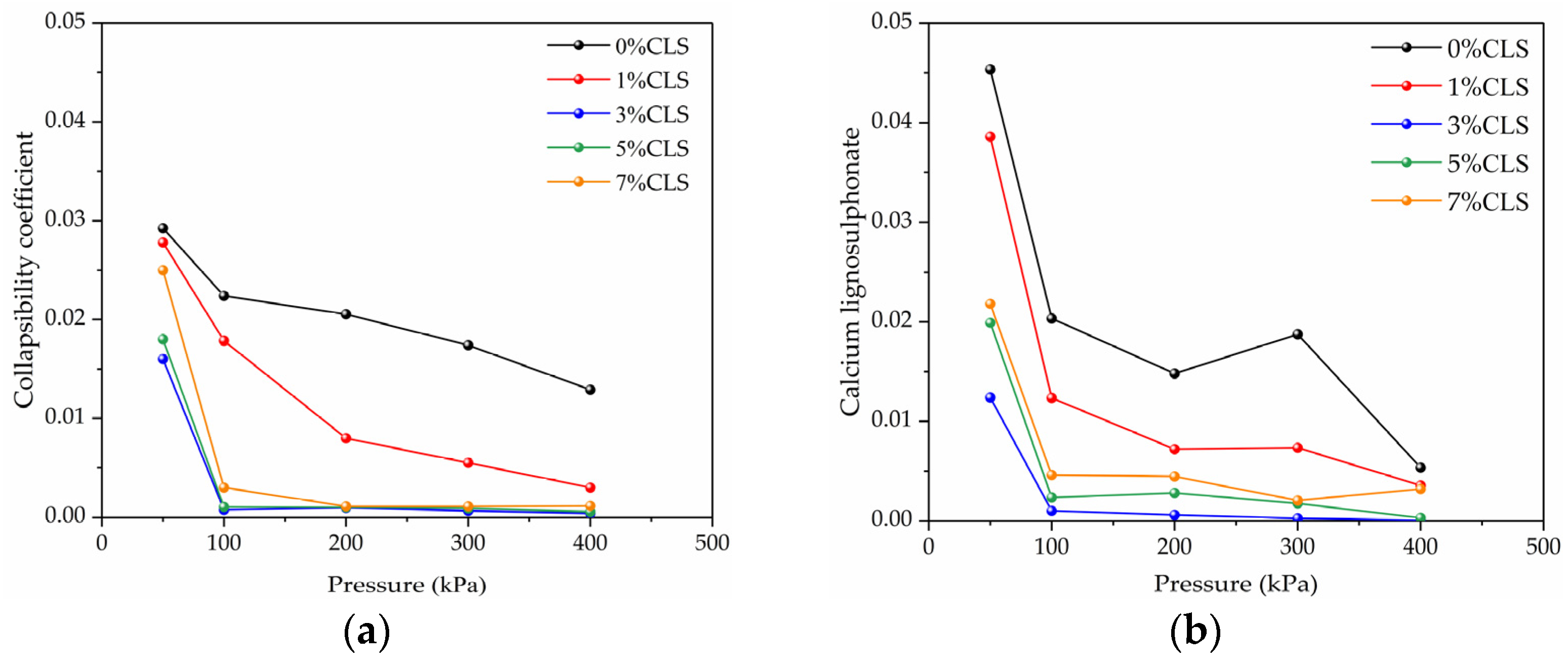
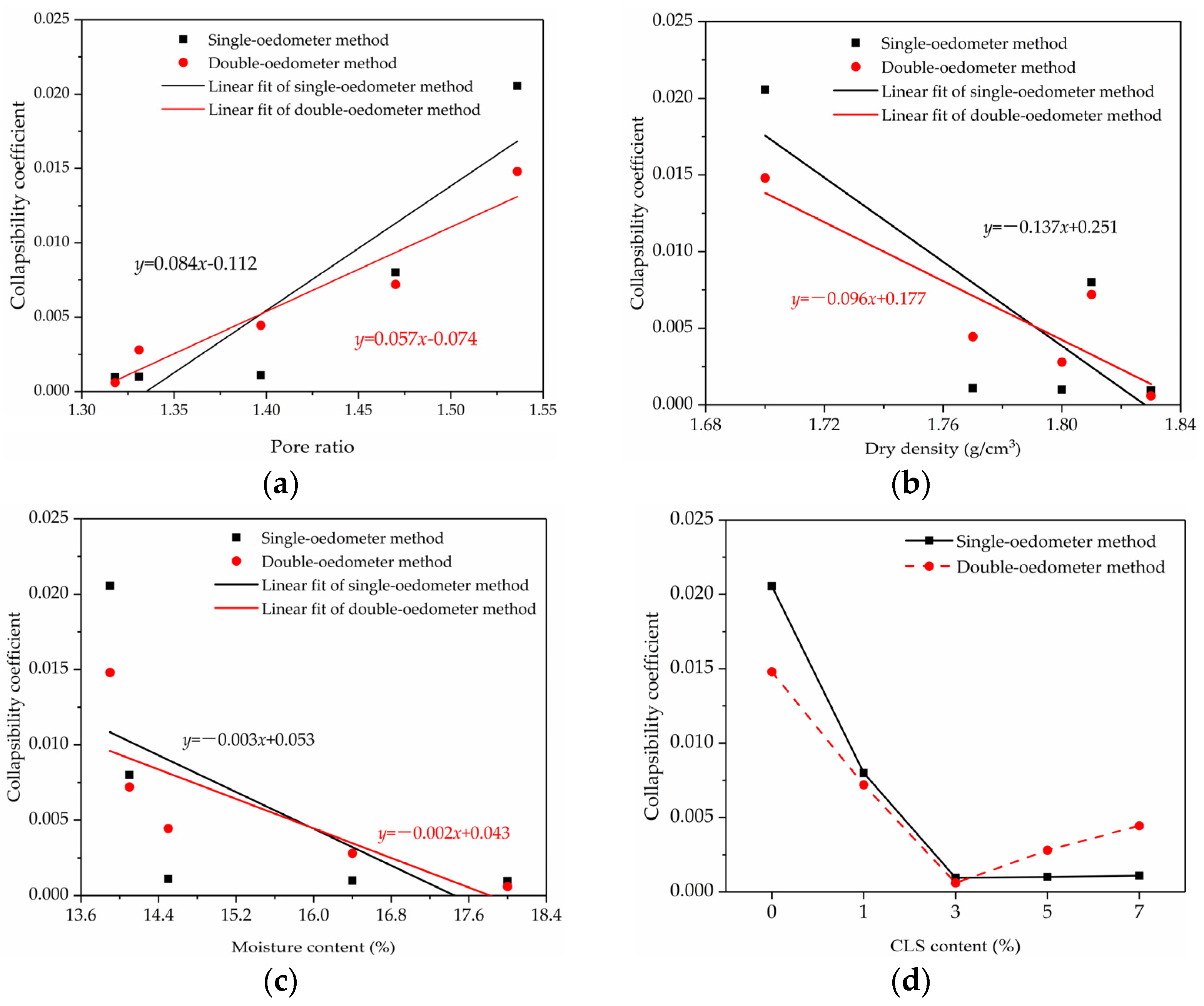
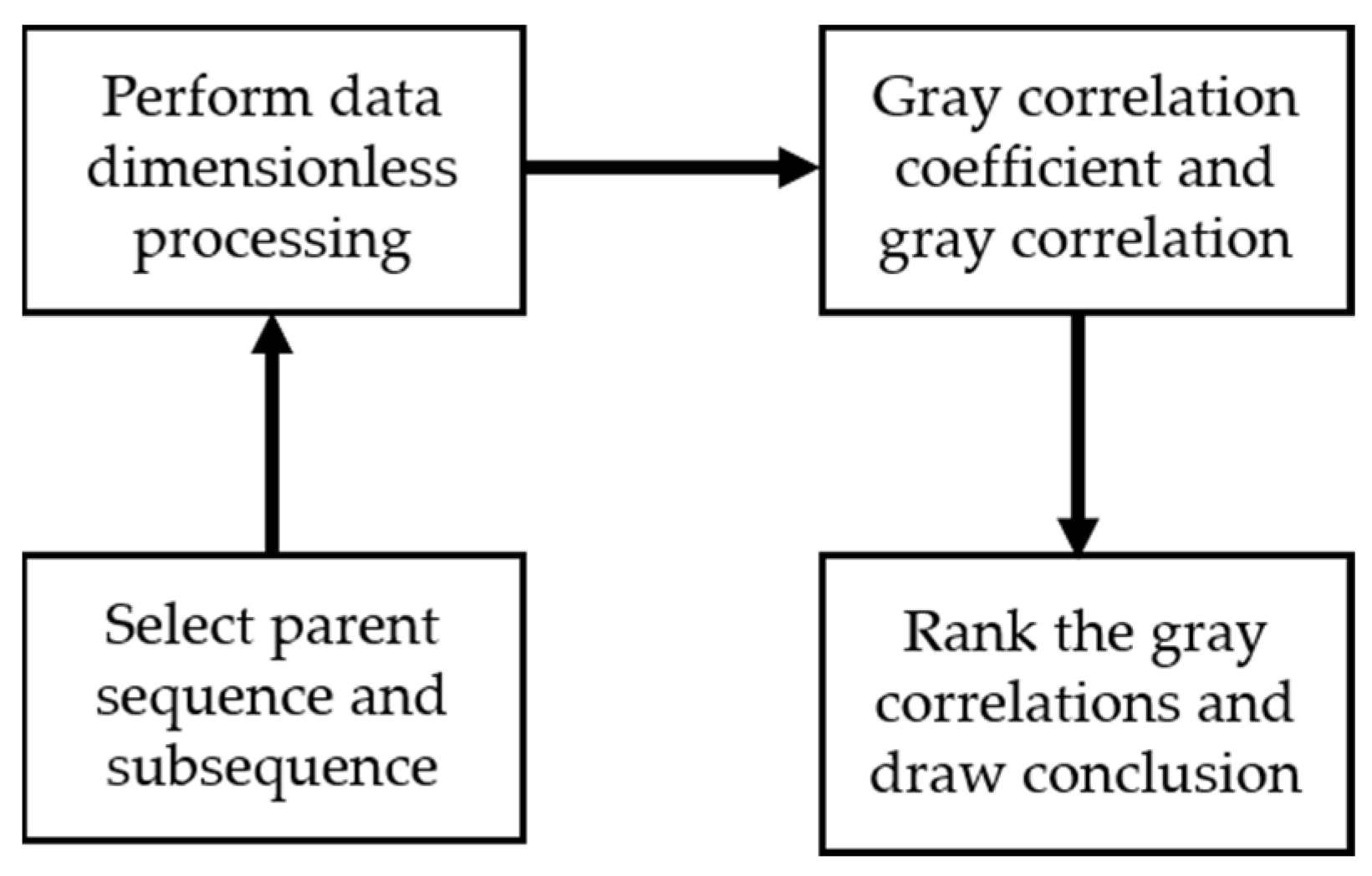
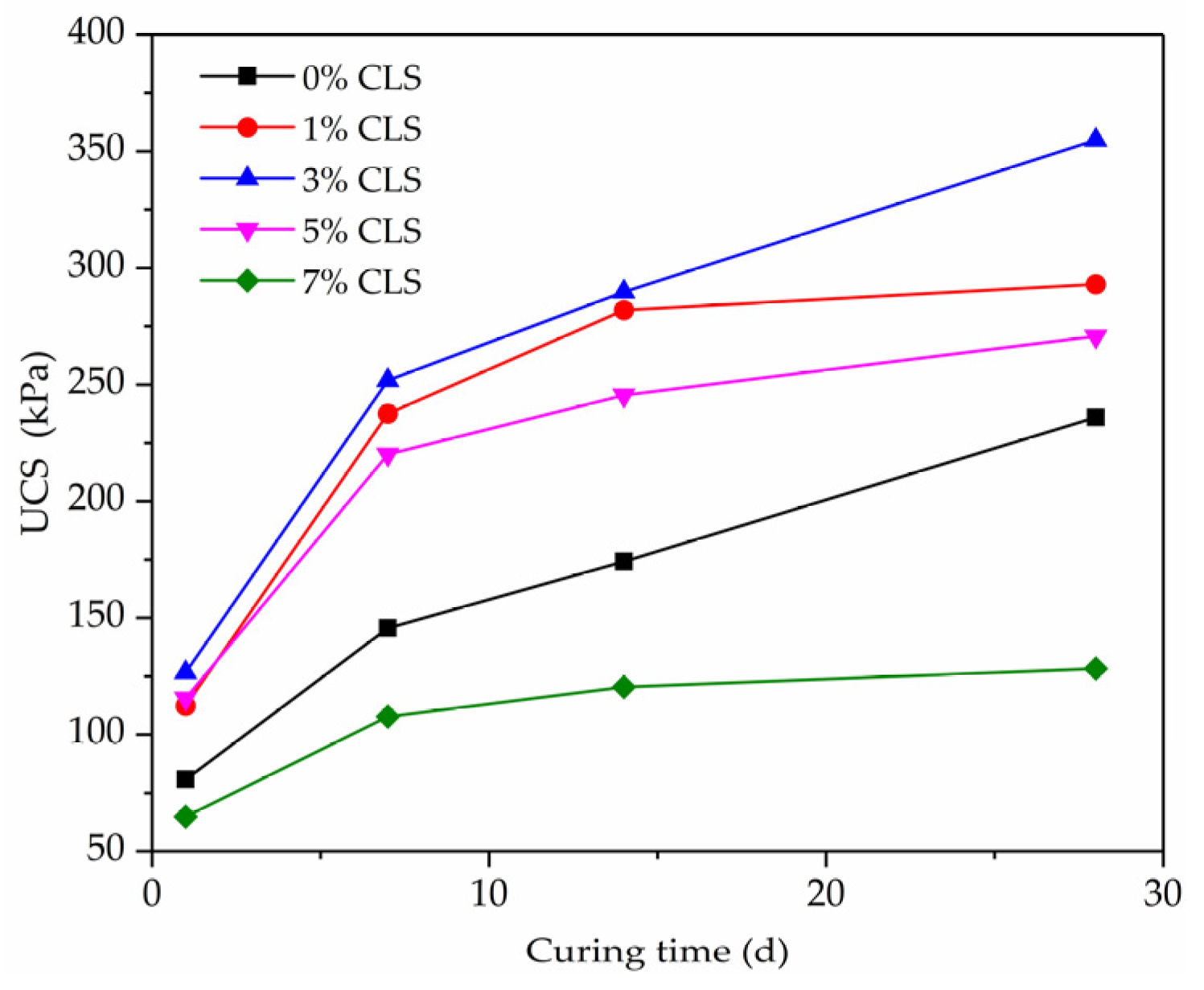
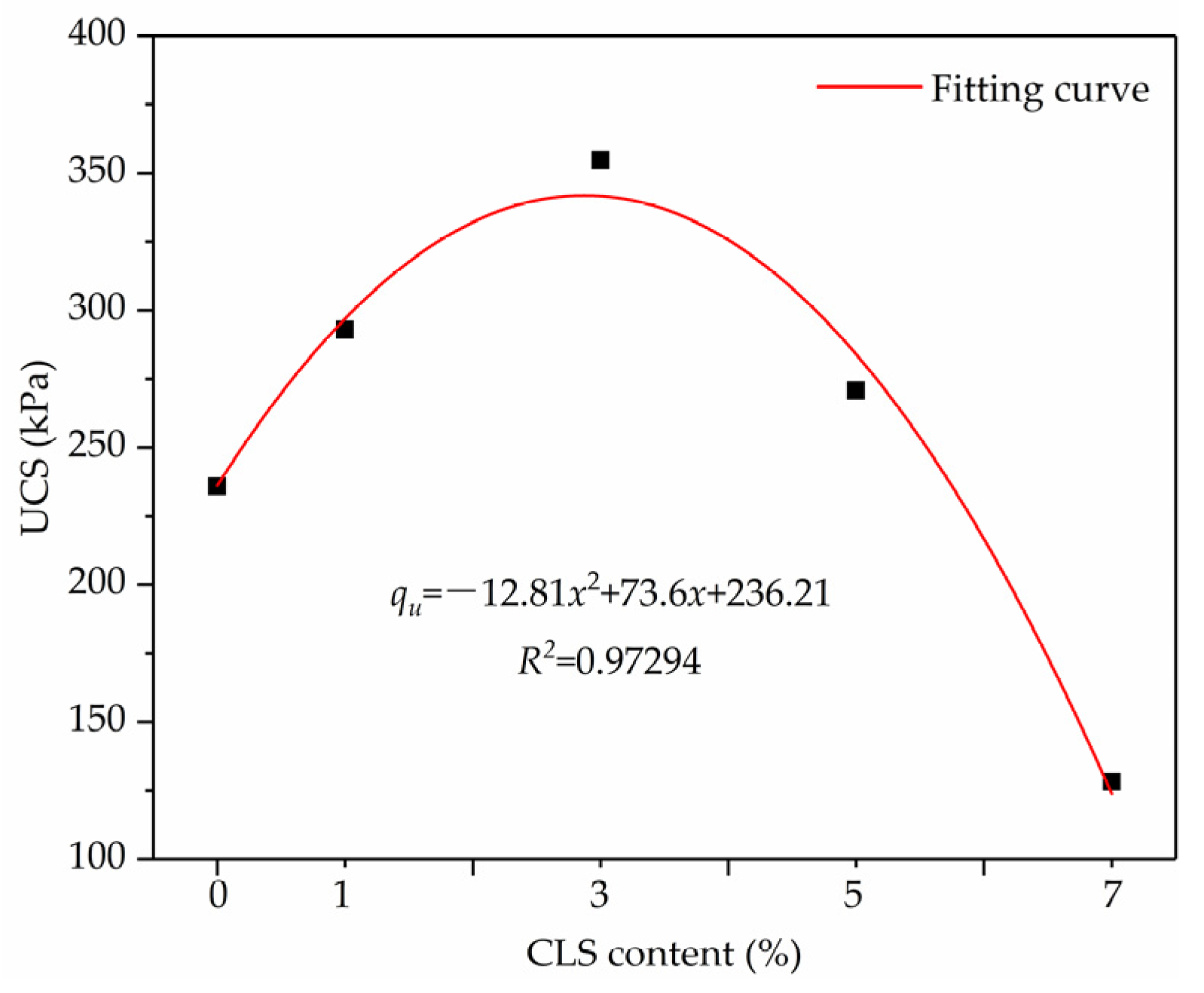



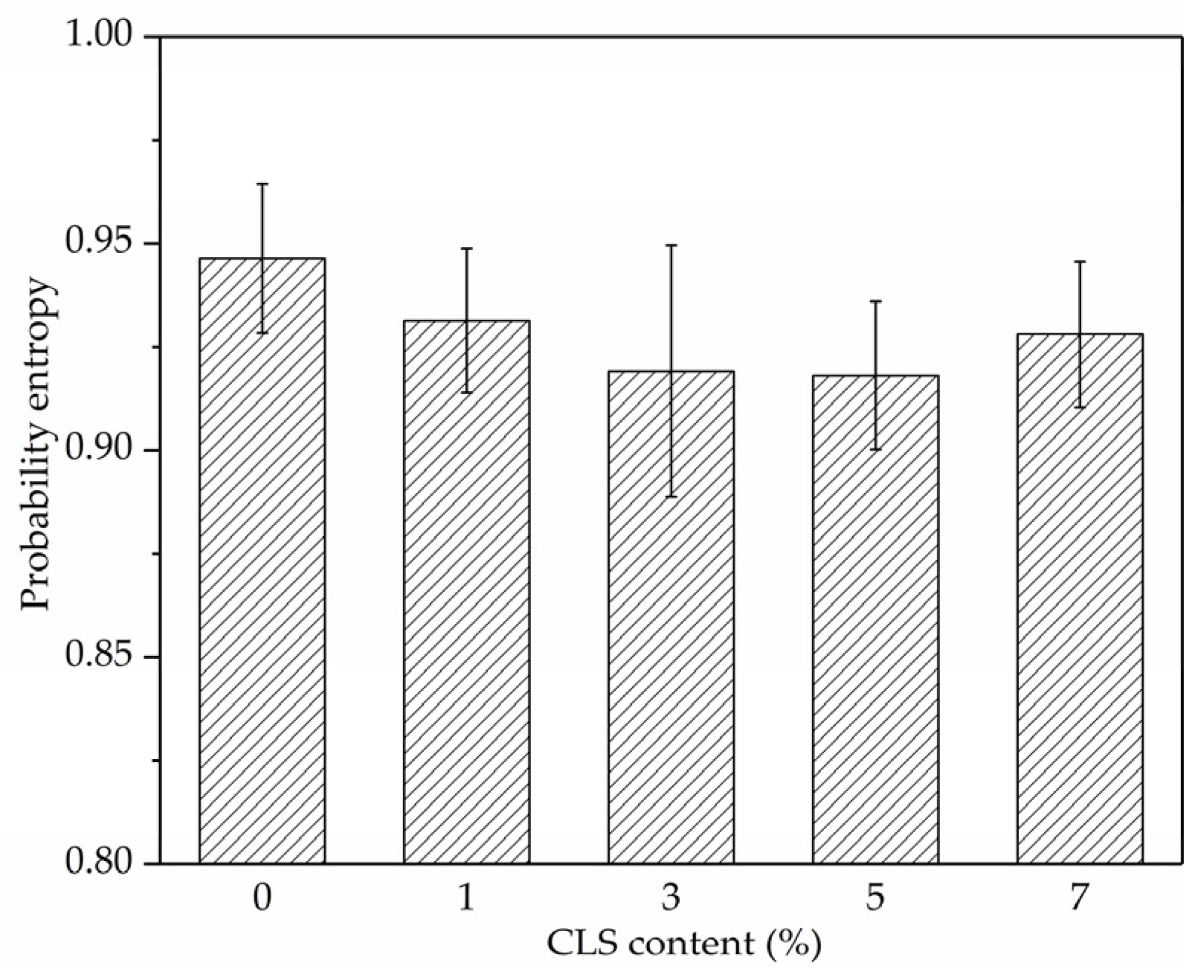
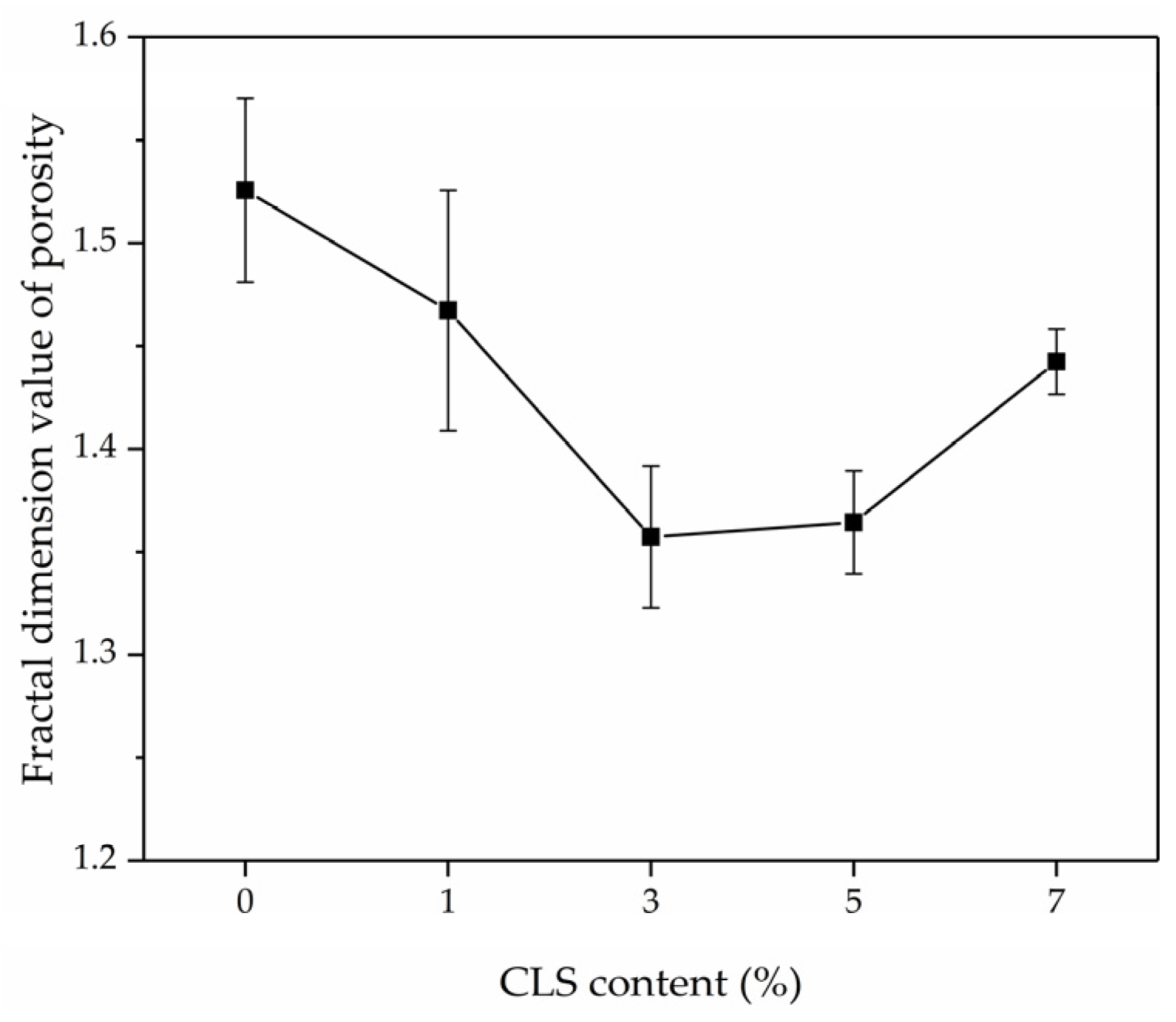
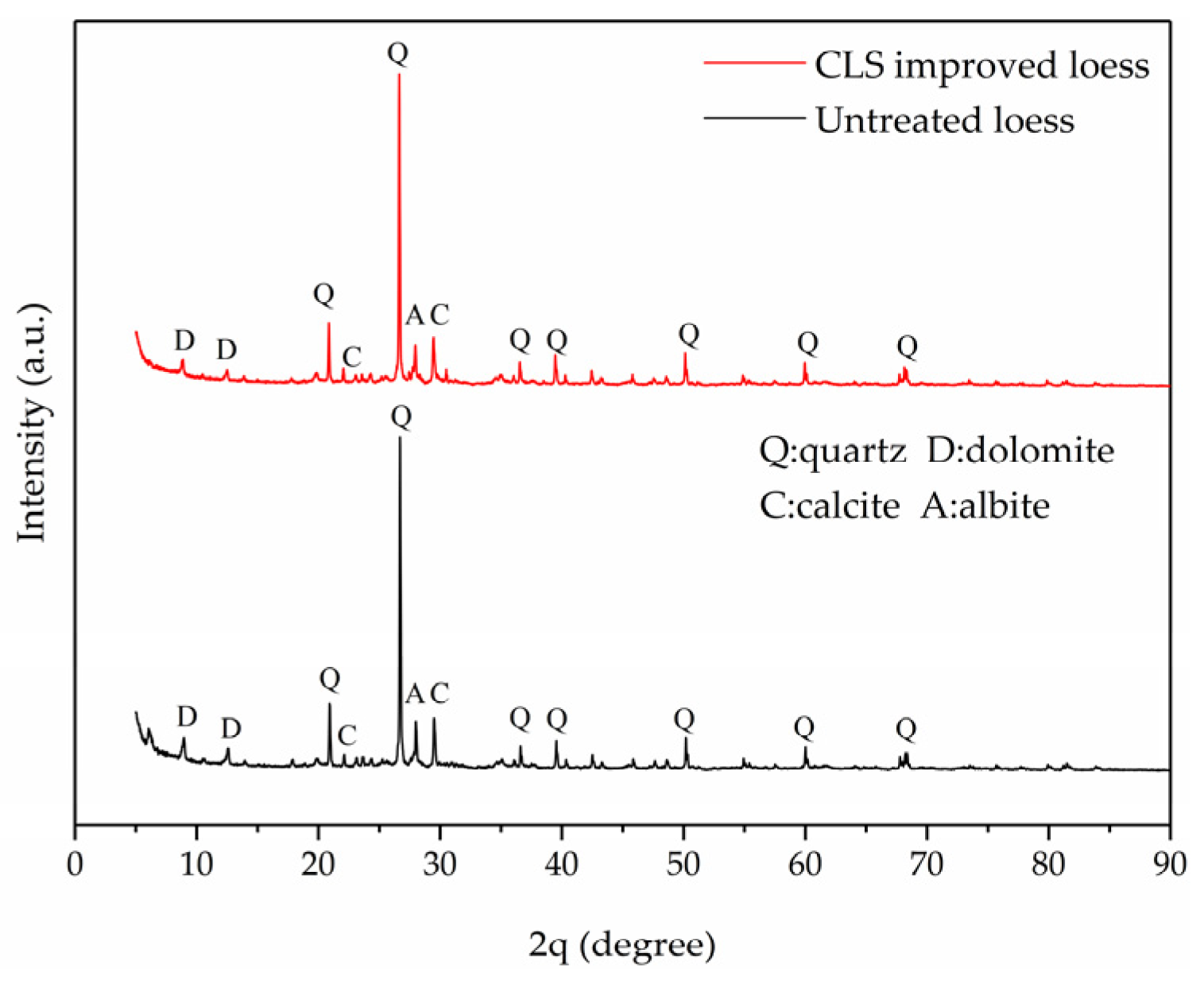

| Property | Value |
|---|---|
| Natural water content/% | 2.87 |
| Natural density/(g·cm−3) | 1.17 |
| Liquid limit/% | 47.2 |
| Plastic limit/% | 35.5 |
| Plasticity index | 11.8 |
| Specific gravity | 2.70 |
| Clay (<0.002 mm) | 19.56 |
| Silt (0.002–0.074 mm) | 79.21 |
| Sand (0.074–2 mm) | 1.23 |
| Maximum dry density/(g·cm−3) | 1.69 |
| Optimum moisture content/% | 18.0 |
| Molecular Formula | Molecular Weight | Lignin Content/% | Moisture/% | Carbon Content/% | Sulfur Content/% | pH |
|---|---|---|---|---|---|---|
| C20H24CaO10S2 | 528.61 | ≥96 | 5 | 40 | 5 | 7.00 |
| Physical Index | Single-Oedometer Method | Double-Oedometer Method |
|---|---|---|
| Moisture content ω | 0.758 | 0.801 |
| Pore ratio e | 0.746 | 0.781 |
| Dry density ρd | 0.73 | 0.76 |
| CLS content θ | 0.588 | 0.557 |
| CLS Content (%) | UCS (kPa) | |||
|---|---|---|---|---|
| 1 d | 7 d | 14 d | 28 d | |
| 0 | 80.77 | 145.71 | 174.22 | 235.99 |
| 1 | 112.45 | 237.57 | 281.92 | 293.00 |
| 3 | 126.70 | 251.82 | 289.83 | 354.77 |
| 5 | 115.61 | 220.15 | 245.49 | 270.83 |
| 7 | 64.93 | 107.70 | 120.37 | 128.29 |
| Sample | Quartz (%) | Dolomite (%) | Calcite (%) | Albite (%) |
|---|---|---|---|---|
| Untreated loess | 43.3 | 24.6 | 11.8 | 20.4 |
| CLS improved loess | 38.1 | 28.7 | 12.6 | 20.6 |
| Mineral Types | Before Modification (nm) | After Modification (nm) | Decrement (%) |
|---|---|---|---|
| Quartz | 371 | 185 | 50.13 |
| Dolomite | 301 | 123 | 59.14 |
| Calcite | 248 | 113 | 54.44 |
| Albite | 305 | 124 | 59.34 |
Disclaimer/Publisher’s Note: The statements, opinions and data contained in all publications are solely those of the individual author(s) and contributor(s) and not of MDPI and/or the editor(s). MDPI and/or the editor(s) disclaim responsibility for any injury to people or property resulting from any ideas, methods, instructions or products referred to in the content. |
© 2023 by the authors. Licensee MDPI, Basel, Switzerland. This article is an open access article distributed under the terms and conditions of the Creative Commons Attribution (CC BY) license (https://creativecommons.org/licenses/by/4.0/).
Share and Cite
Bai, Z.; Li, D.; Zhao, D.; Lu, W.; Liu, J. Experimental Research on Collapsibility of Xi’an Loess Improved by Calcium Lignosulfonate. Coatings 2023, 13, 157. https://doi.org/10.3390/coatings13010157
Bai Z, Li D, Zhao D, Lu W, Liu J. Experimental Research on Collapsibility of Xi’an Loess Improved by Calcium Lignosulfonate. Coatings. 2023; 13(1):157. https://doi.org/10.3390/coatings13010157
Chicago/Turabian StyleBai, Zhentao, Dongbo Li, Dong Zhao, Wei Lu, and Jiaping Liu. 2023. "Experimental Research on Collapsibility of Xi’an Loess Improved by Calcium Lignosulfonate" Coatings 13, no. 1: 157. https://doi.org/10.3390/coatings13010157






